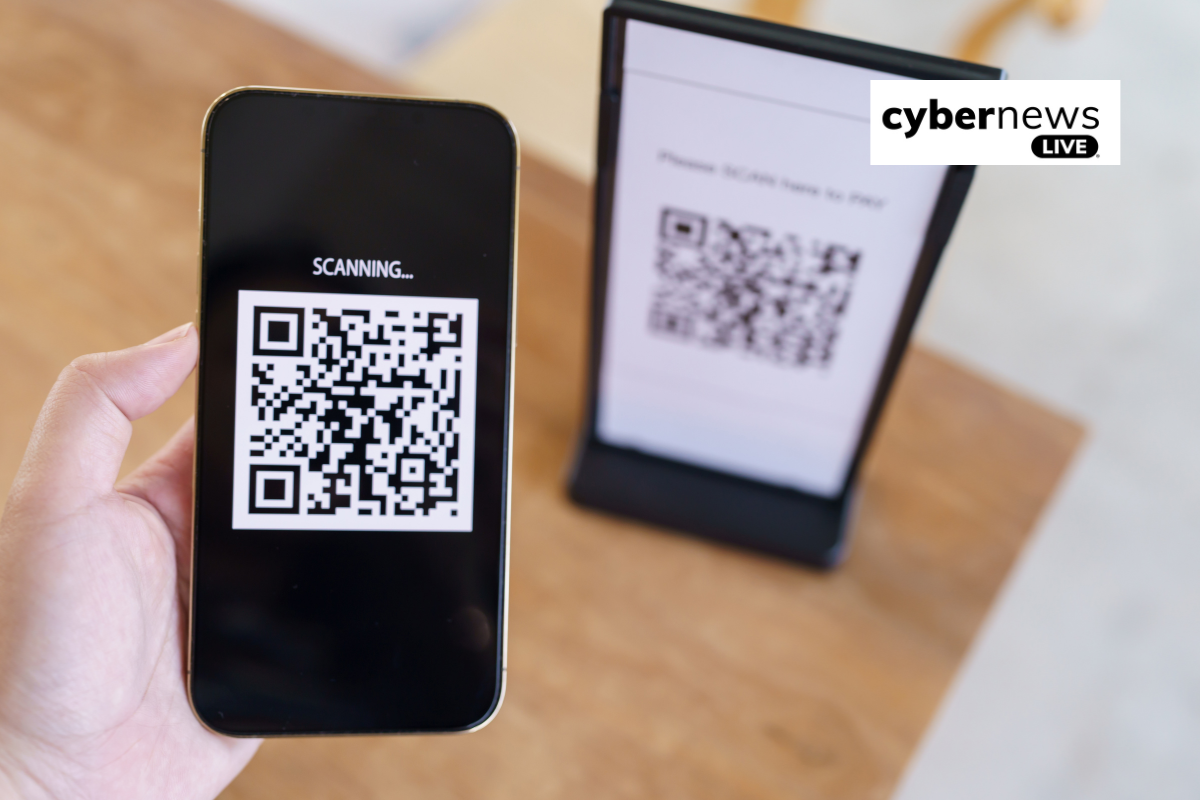
Guide to QR Code “Quishing”
How does Quishing work?

How to detect a Quishing attack
Here are a few ways you can detect Quishing attacks.
Common warning signs
Quishing attacks May have mistakes such as grammatical errors, Misspellings, lookalike mail addresses, and other red flags that you should take as warning signs.
Text analysis
Most scammers use emotional manipulation or create a sense of urgency to succeed in their harmful intentions. These efforts can reorganized using NLP or artificial intelligence.
QR code detection
QR codes are images attested in a Quishing email. To identify these attacks, you can scan those images to see if they contain QR codes.
Ways to protect yourself against Quishing
QR phishing attacks share many similarities with traditional attacks, so most general information about protecting against phishing also helps prevent Quishing. However, QR phishing attacks have vulnerabilities you can detect and protect yourself against fraud.
Verify QR Codes
Avoid scanning QR codes from unknown sources and strangers, especially if they offer too attractive and unbelievable deals. Also, if you get a message from an unofficial source or a colleague, check the credibility of the mail or visit their official website.
Use a reliable QR Code Reader
Most phones these days offer QR codes with their built-in scan camera or with the Google lens. However, if you use a third-party scanner, confirm its reliability. Cyber criminals also use fraudulent updates for QR apps to infect users’ devices that have already been affected in the past.
Preview the destination URL
If your scanning app has a preview destination feature, you can check the QR code link where it’s coming from. This will prevent malicious software from being downloaded to your device upon scanning it.
Enable Two-factor authentication
Two–factor authentication works the same way for Quishing as it does for traditional phishing. If cyber criminals have your information, they cannot use it unless you accept secondary authentication. If you haven’t attempted to access your account, you should avoid notifications on your phone. If you are getting constant notifications, this is a clear sign that hackers have obtained your information.
Conclusion
We all have accepted QR codes so quickly in our lives that it has become difficult to believe they can be manipulated. Quishing poses a greater threat to organisations and businesses. As QR code attacks continue to surge, organsations must educate employees with the necessary skills so they can better identify and avoid these types of cyber attacks.
CTA
Don’t let the QR code steal your sensitive information. With Cyber News Live, you can learn how to prevent your organization from QR phishing.




